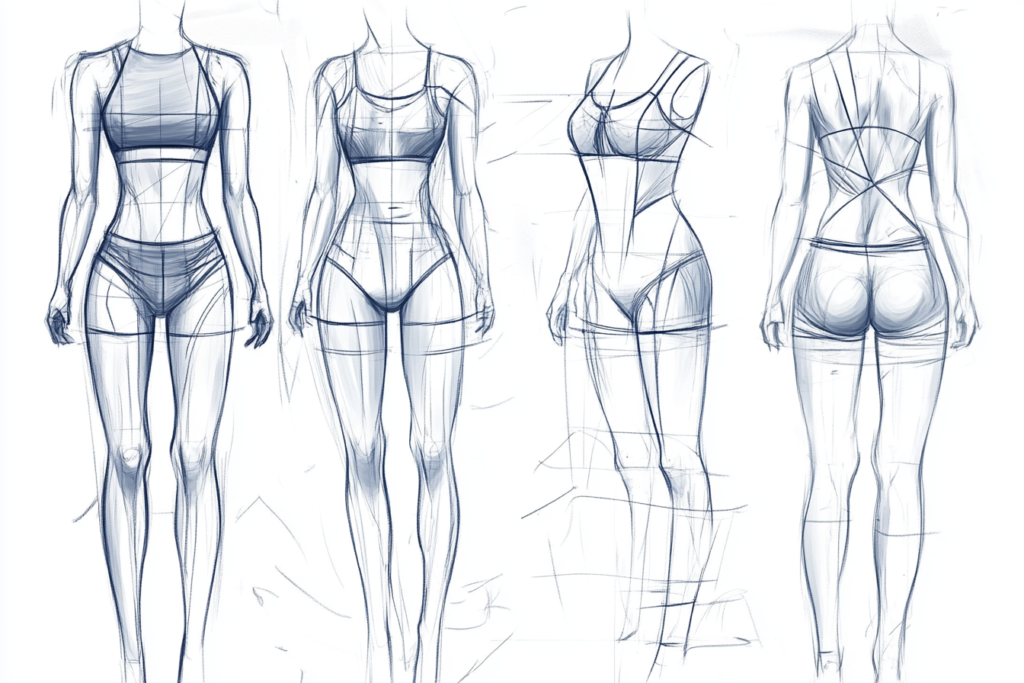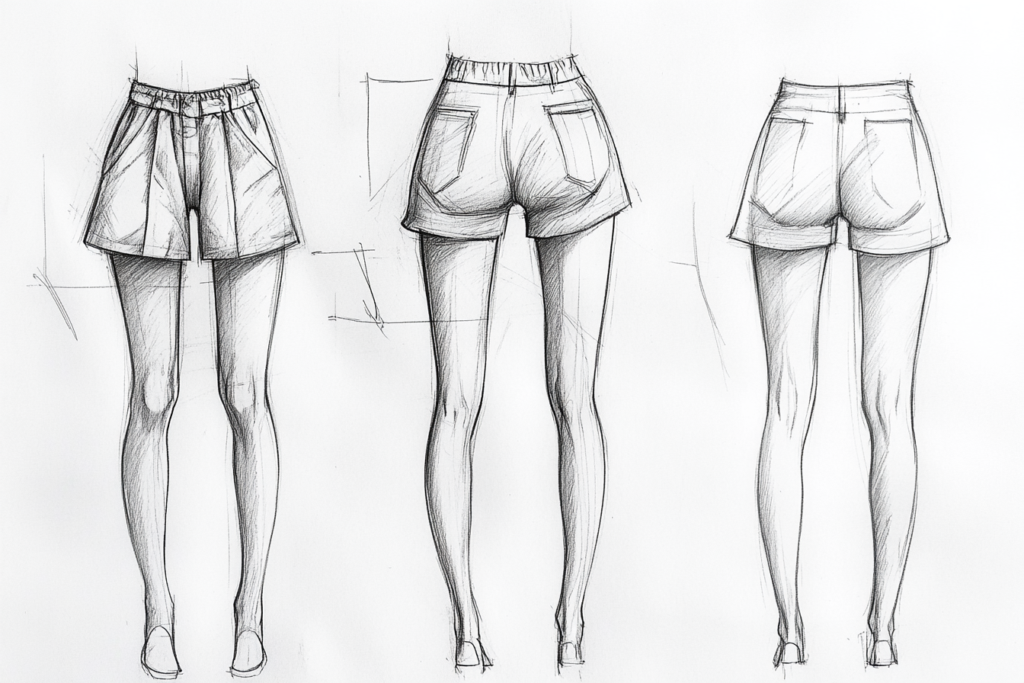Fit Ease: Understanding Comfort and Movement in Garment Design
Meta Description: Fit ease refers to the slight extra room in a garment for comfort and movement. Learn how fit ease is applied in garment design for better wearability.
Introduction: What Is Fit Ease?
Fit ease is the slight extra room added to a garment to ensure that it fits comfortably without being too tight. This concept refers to the space between the body and the fabric, designed to allow freedom of movement and prevent the garment from feeling restrictive. Unlike design ease (which refers to the aesthetic fit based on a specific silhouette), fit ease focuses purely on the functional aspect of the garment, ensuring that it is comfortable for everyday wear.
Garments that are designed with adequate fit ease allow the wearer to move, bend, and stretch freely without feeling constrained. The amount of fit ease varies depending on the type of garment, the intended use, and the fabric used in its construction. This is a critical aspect in the design of many garment types, including sportswear, workwear, and casual wear.


How Fit Ease Affects Garment Design
- Movement and Comfort:
- Fit ease is essential for ensuring that garments are comfortable during everyday activities. Without enough ease, a garment can feel tight and restrictive, which can impact a person’s ability to move freely. For example, tight pants or jackets may limit range of motion, while garments with adequate fit ease allow for easy movement, whether it’s bending, reaching, or sitting.
- Types of Fit Ease:
- Positive Fit Ease: This refers to extra space added to the garment to ensure comfort. For instance, a shirt might have extra room around the chest, shoulders, and waist to accommodate for movement without feeling too tight.
- Negative Fit Ease: Occasionally, garments may have a slight negative ease where the fabric fits more snugly than the body, often used in activewear or athletic wear. Negative ease is designed to stretch and move with the body, providing a more fitted and supportive feel.
- Impact of Fabric on Fit Ease:
- The type of fabric used in garment construction can greatly influence how fit ease is applied. For example, stretch fabrics such as spandex or lycra require less fit ease because the fabric itself stretches with the wearer’s movements. Conversely, stiff fabrics like denim or canvas may require more fit ease to accommodate movement and prevent discomfort.
- Fit Ease in Different Garment Types:
- Tops/Shirts: A shirt typically has fit ease around the bust, waist, and shoulders to ensure the wearer can comfortably move and breathe. The fit ease may be minimal in a tailored shirt and more generous in a casual, loose-fitting top.
- Pants/Jeans: Fit ease in pants is generally focused on the waistband, hips, and thighs to ensure that the wearer can sit, walk, and bend comfortably without the garment becoming too tight.
- Outerwear: Jackets and coats often have a larger amount of fit ease to accommodate layering underneath. Outerwear is designed to be slightly looser to allow for more room and comfort when worn over other clothing.
- Activewear: For activewear, fit ease is essential but often designed to be more minimal, providing just enough space for comfort while remaining close to the body for better movement and support.
Fit Ease vs. Design Ease: What’s the Difference?
Although both fit ease and design ease contribute to the overall fit of a garment, their purposes differ. Here’s a breakdown:
- Fit Ease: This is about functionality—how much extra room is needed to ensure that the garment is comfortable and allows the wearer to move without restriction.
- Design Ease: This is about aesthetic—the extra space needed to create a specific silhouette or style. For example, a dress with design ease may have extra room in the waist and hips to create a flowing, voluminous look, while still being comfortable to wear.
Fit ease is generally more practical and is focused on comfort, while design ease is concerned with achieving the desired look of the garment. For example, a fitted suit jacket may have a small amount of fit ease to allow the wearer to move comfortably, but its main focus is on the sharp, tailored look created by design ease.
How to Calculate Fit Ease
Fit ease is determined by comparing the measurements of the body to the measurements of the garment. Designers and pattern makers typically create a block or basic pattern of the garment first, then add the appropriate amount of ease. The amount of fit ease varies depending on the desired comfort level and the garment type.
The formula for calculating fit ease can be expressed as:
- Fit Ease = Garment Measurement – Body Measurement
For example, if the body measurement at the bust is 34 inches, and the bust measurement of the garment is 36 inches, the fit ease is 2 inches. This allows space for comfort without being too loose.
Importance of Fit Ease in Garment Production
- Customer Satisfaction: When a garment is designed with the right amount of fit ease, it ensures the wearer’s comfort, which can lead to higher customer satisfaction and fewer returns.
- Fit Testing: During the sample development phase of garment production, fit testing is performed to ensure that the fit ease is appropriate for different body types and the intended end-use of the garment.
- Improved Durability: Garments designed with proper fit ease tend to have longer-lasting wear since they are less likely to stretch out or lose their shape over time.
Conclusion: The Role of Fit Ease in Garment Design
Fit ease is an integral aspect of garment design that directly affects the comfort, movement, and functionality of the garment. By adding a bit of extra room, designers ensure that the garment fits the body comfortably and allows for easy movement. Whether it’s for casual wear, activewear, or outerwear, fit ease enhances the wearability of the garment, making it a key consideration during the design and production process.



